Note: This is a guest posting from Autumn McConnico, production dramaturg for our fall MainStage production of Jane Eyre.
“Isn’t she original?”
Jane Eyre. A short portrait of her faculties. She draws in charcoal, colors, and sketches. She debates over philosophy, religion, repentance, duty, and doubt with quite a few characters in the path of her novel. She tells her own story.
If we take her as a product of her period, how unique was Jane Eyre in the education and opportunity she received?
Today let’s talk about Jane’s education. At Lifeline, we have chosen to explore the childhood and early formative experiences – and characters – in Jane’s life as a presence in a way which I won’t tell for you here. You’ll recognize them when you see them. But as a fictional autobiography, JE gives us a large part of a young woman’s life to depict, and much of the earliest parts describe her education. Let us look at one of those early portions of Jane’s life though the lens of history. What was education like for Victorian girls, especially poor orphans?
Public education as we describe it in the United States (since the English term means something quite different) did not come about until well after the 1847 publication of Jane Eyre. Even the idea that all people should be educated took time to gain traction. Meanwhile, education for the poor was best found in parish schools and institutions providing tuition grants (“subscriptions”) by richer donors around the areas. Young orphans or poorer children with protectors motivated to educate them could perhaps depend on these subscriptions if a school with such a program were nearby, and these institutions might be more willing to accept poor pupils in order to expand their ranks – since after all, students could be asked to perform chores at the school. Charlotte herself attended the Clergy Daughters’ School in Cowan’s Bridge, in Lancashire starting in 1824, with a tuition starting at 14 pounds (compared to the 15 pounds for Jane Eyre’s Lowood Institution). From the Clergy Daughter’s educational report from 1842, quoted in Elizabeth Gaskell’s biography of Charlotte Bronte:
“The system of education comprehends history, geography, the use of the globes, grammar, writing, and arithmetic, all kinds of needlework, and the nicer kinds of household work – such as getting up fine linen, ironing, &c. If accomplishments are required, an additional charge of 3L. a year is made for music or drawing, each.”
Charlotte and Jane’s educations may have been the exception in the field of female study. Anne Clough, visitor to girls’ schools in the mid-1800s, observed: “A few dry facts are taught, but the life and spirit are too often left out and there is a monotony in girls’ education which is very dulling to the intellect”. Analytical work may be pursued little if at all, and even historical facts and mathematics would make up the vast minority of time compared to calisthenics, sewing, and maybe music and language drilling. Indeed, spiritual and biological general views had for a while held that women lacked the ability to combine a strong memory for facts with a logical faculty for reasoning their causes, chronology, and implications – a slowly fading sense which made emergence of female authors of autobiography or analytical fiction stand out, something we will explore more. According to Clough, Girls’ schools intentionally “accentuating the differences between the sexes” and were valued for improving social graces and displayable qualities, the all-important “accomplishments.” And all the time, conditions of the school, high physical demands and less consistent sanitary conditions, could present further obstacles for students’ deep education.
Cowan’s Bridge was known for poorly managed kitchens, and not all Bronte sisters survived the school before their father removed them from it. Certainly Charlotte admitted to allowing parallels in school life of the novel, as in many other aspects, between her own world and Jane’s. Bronte even tentatively recanted some of her harsher portrayals of Lowood’s conditions – for health of emotion and of body both – because of the condemningly easy connection to her childhood school. From Gaskell again:
“Miss Bronte more than once said to me, that she should not have written what she did of Lowood … if she had though the place would have been so immediately identified with Cowan’s Bridge, although there was not a word in her account of the institution but what was true at the time when she knew it”
Yet Bronte depicted these realities as well as the learning that Jane did get away with. Perhaps she was lucky in her chance to learn French and drawing, reading the works that she did, at a charity school.
